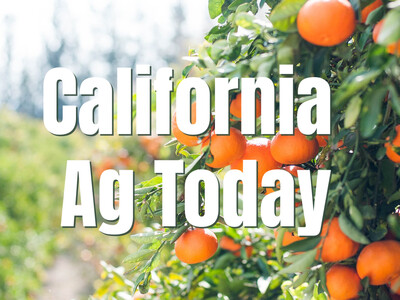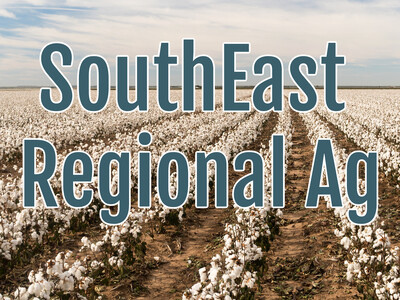Large Negative PPDs on Milk
Milk pricing in the U.S. is incredibly complicated. One particular feature of milk pricing that always seems to rub dairy farmers the wrong way is negative producer price differentials – a line item on the dairy farmer’s milk check that reduces the mailbox milk price. Negative PPDs occur when the classified value of milk in the Federal Milk Marketing Order pool is less than the component value of milk, resulting in a reduced minimum regulated milk price. In June 2020, negative PPDs across the U.S. were expected to be record large because of COVID-19-related price volatility, a recent change to FMMO milk pricing formulas in the 2018 farm bill, and mass de-pooling of milk, i.e., Negative PPDs to Offset Milk Price Rally.FMMO Pool Shortfall, Announced PPDs and De-Pooled Milk
In multiple component pricing orders, proceeds from the pool are based on the difference between the classified value of the milk and the component value of the milk. When the component value of the milk exceeds the classified value of the milk, the proceeds from the pool are negative and result in a negative producer price differential. More simply, when the Class III price exceeds the Class I price, the PPD is expected to be negative.
Data from USDA’s Agricultural Marketing Service revealed that in the seven multiple component pricing orders, the total difference between the classified value of milk pooled on the FMMO and the component value of milk was -$528 million dollars – meaning the component value of milk exceeded the classified value by more than half a billion dollars. The difference was the largest in California at -$135 million, followed by the Pacific Northwest at -$100 million. The magnitude of the difference depends on the weighted average component levels in the market, the volume of milk pooled on the FMMO and the utilization of milk on the FMMO. Figure 1 highlights the difference between the component and the classified value of milk by FMMO.













